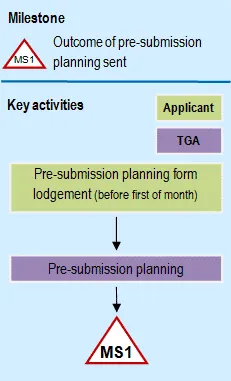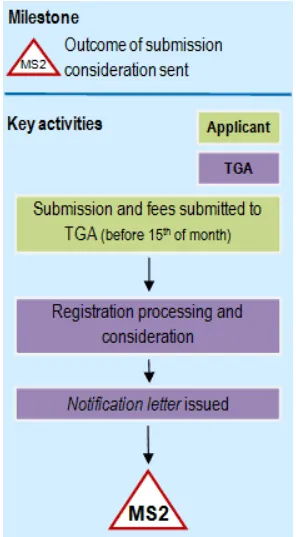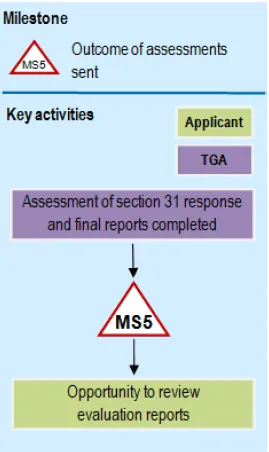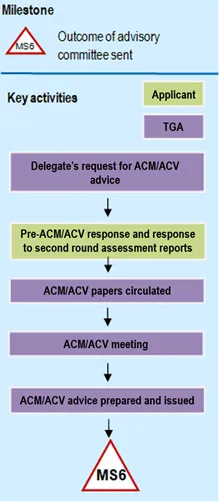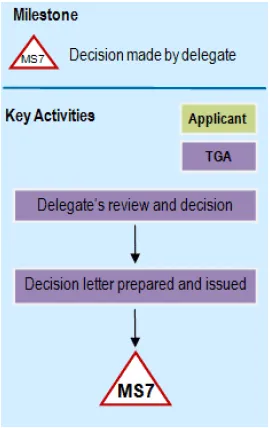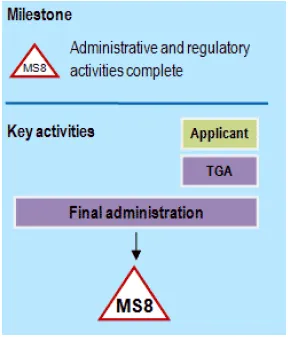We will have limited operations from 15:00 Wednesday 24 December 2025 (AEDT) until Friday 2 January 2026. Find out how to contact us during the holiday period.
Purpose
This guidance provides an overview of our registration process for applications that need to be supported by nonclinical, clinical and/or bioequivalence data (category 1 and category 2).
Applications to vary a product registration (section 9D of the Therapeutic Goods Act 1989 (the Act)) and not supported by nonclinical, clinical and/or bioequivalence data are outside the scope of this document.


